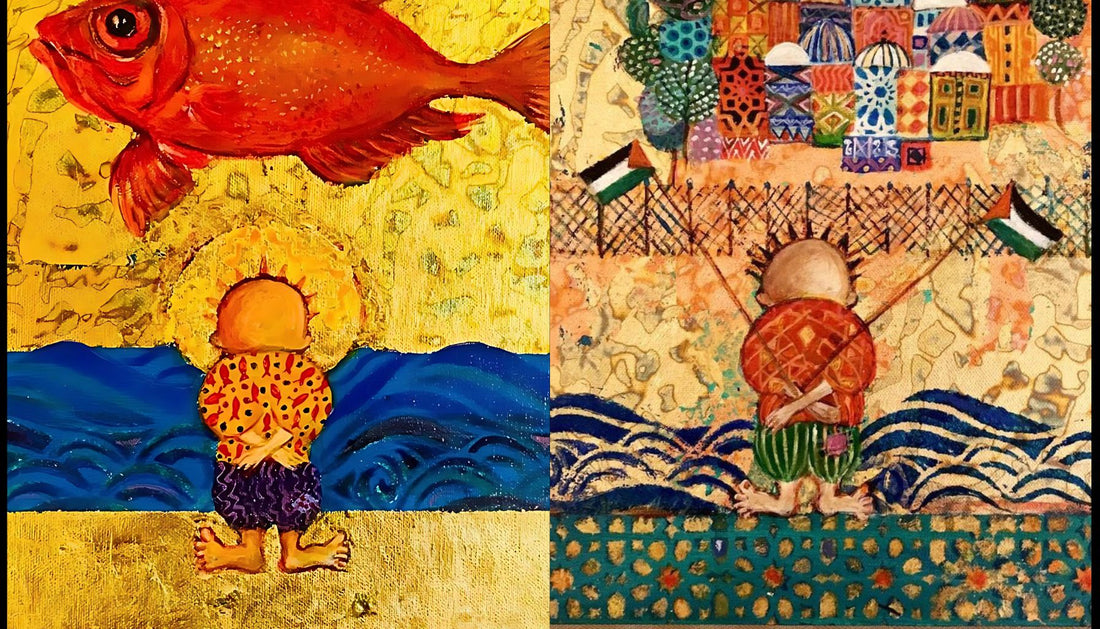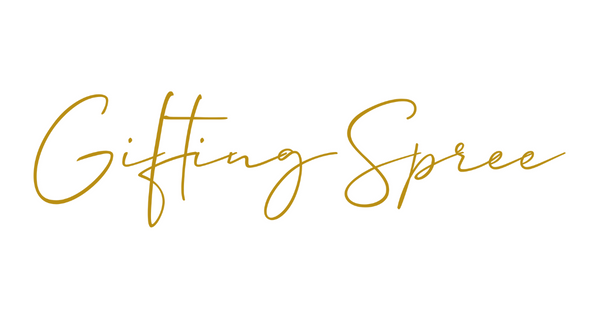
Handala: A Symbol of Palestinian Identity and Resistance
Share
Handalah: The Emblem of Resilience and Pride in Palestinian Heritage
The Genesis of Handalah
Handalah, a character created by political cartoonist Naji al-Ali in 1969, is a symbol that resonates deeply with the Palestinian people. This ten-year-old boy, who is always depicted with his back turned and hands clasped, represents the age at which Naji was forced to leave Palestine. His attire, or lack thereof, is a nod to his solidarity with the poor.
The name “Handalah” is derived from a plant native to Palestine. This plant, known for its bitter fruit and resilience, symbolizes the pain and sorrow of the Palestinian refugees who were displaced in 1948.
Handalah in Palestinian Culture
Handalah has become an integral part of Palestinian culture and art. The character is widely recognized and has been used in various forms of art, including graffiti, murals, and tattoos. Handalah’s image is often seen on walls and buildings throughout the West Bank, Gaza, and other Palestinian refugee camps.
The symbolism of Handalah extends beyond just the character itself. The age of Handalah, ten years old, represents the age at which many Palestinians were forced to leave their homeland. His ragged clothes and bare feet symbolize the hardships and struggles faced by the Palestinian people.
Laila Shawa and the Transformation of Handalah
Laila Shawa, a Palestinian visual artist from Gaza, has taken Handalah and given him new life. She has transformed Handalah into a powerful political statement, adding new layers of meaning and symbolism.
Handalah and the Kite
While there isn’t specific information available about “Handalah and the Kite”, kites are often seen as symbols of freedom and aspiration. In the context of Palestine, a kite could symbolize the desire for liberation and return to their homeland.
Handalah and the Great March of Return
The Great March of Return was a series of protests held by Palestinians, demanding their right to return to their lands. Here, Handalah stands as a symbol of the Palestinian people’s resilience and determination.
Handalah and the Red Fish
While there isn’t specific information available about “Handalah and the Red Fish”, the red fish is often seen as a symbol of good fortune and wisdom in different cultures. For Palestinians, it could symbolize their hope for a prosperous future and the wisdom to navigate their struggle.
The Impact of Handalah
Handalah, more than just a cartoon character, has had a profound impact on Palestinian culture and art. This symbol of resistance and beacon of hope for the Palestinian people continues to evolve through the works of artists like Laila Shawa, embodying the dynamic and resilient spirit of the Palestinian people. His image serves as a constant reminder of the ongoing struggle for freedom and justice in Palestine, and his story is a testament to the power of art in shaping cultural identity and inspiring political change. As we continue to witness the evolution of Handalah, we are reminded of the enduring spirit of the Palestinian people and their unwavering pursuit of justice and freedom.
